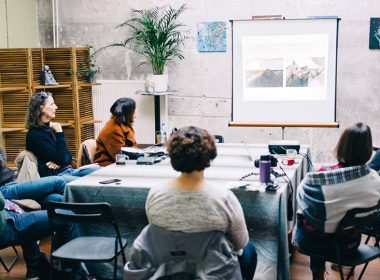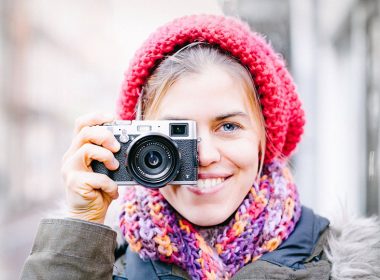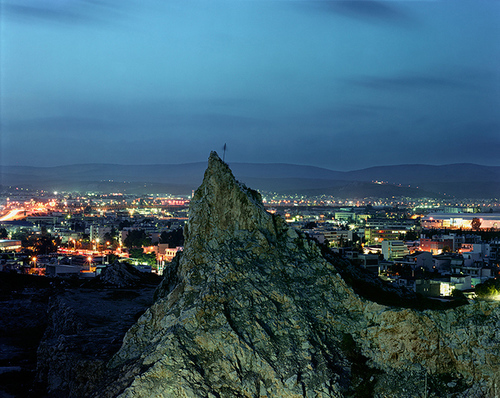Crossing our fingers for good weather, on Friday, March 20th, we turn our lenses to the sky and photograph the greatest eclipse of the decade visible in The Netherlands. Between 09:30 and 11:48 in the morning, we’ll see a partial solar eclipse. At the maximum, just after half past ten, 81% of the sun’s surface will be covered. That’s not enough for complete darkness, but more than enough for a magnificent photography experience.
This will be the largest solar eclipse in The Netherlands since August 11, 1999, when about 95% of the sun’s surface was covered. The total solar eclipse is visible only in the northern parts of the Atlantic Ocean, between the Faroe Islands and Spitsbergen. Nevertheless, photographing the sky above The Netherlands will absolutely be worth it.
The next solar eclipse falls only on June 10, 2021, in which the moon for will only cover a third of the sun. So this is the one to photograph!
Don’t damage your eyes
When photographing directly into the sun, never look through your viewfinder. Use the camera’s liveview/LCD.
How to photograph a solar eclipse
For this, using a 10 stop ND filter is a good start. A 10 stop ND filter can be purchased for a price starting at 50 Eur:
http://www.cameranu.nl/nl/c11262/filters/grijs-filter-nd-/b-w-nd-110-10-stops-
1. Set your camera and lens on a tripod.
2. Set your ISO to the lowest value.
3. Set your camera mode to Manual
4. Start out at the fastest shutter speed your camera has to offer (e.g.. 1/8000) and see if you need to lower it.
5. Start out at f/8. Stop down a little more if the shutter speed is too fast.
http://www.meetup.com/Amsterdam-Photo-Club/events/220941595/












